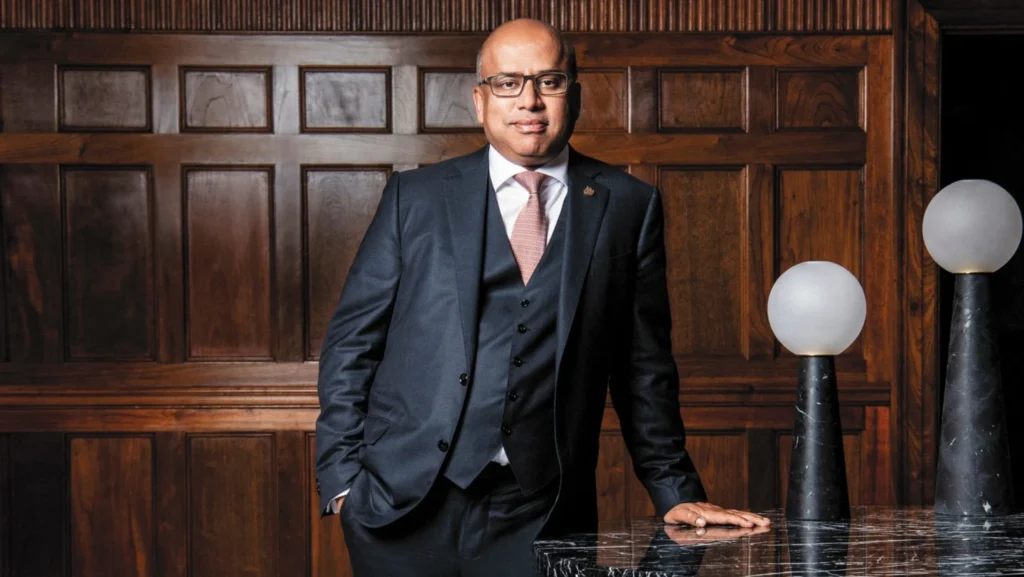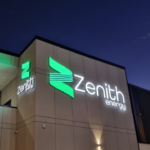The London High Court has issued a significant ruling in a commercial dispute, ordering LIQS Pte Ltd, a Singapore-based company within Sanjeev Gupta’s metals conglomerate, to pay $53 million to a joint venture between steel giants ArcelorMittal and Nippon Steel. The case, presided over by Sean O’Sullivan KC, centers on a complex financing arrangement for steel purchases dating back over a decade, with transaction details the judge characterized as “somewhat shadowy and mysterious.”
The judgment illuminates several crucial aspects of modern commercial litigation. At its core, the case demonstrates the principle of legal succession in corporate acquisitions, as ArcelorMittal and Nippon Steel inherited the right to pursue the claim through their 2019 acquisition of Essar Steel’s assets. The court faced substantial evidentiary challenges, with O’Sullivan noting that “a number of documents had been lost” following Essar’s insolvency, highlighting the critical importance of document retention during corporate transitions.
A pivotal procedural aspect emerged from the defendant’s non-appearance at trial. While LIQS claimed financial inability to maintain legal representation, the court found this assertion unconvincing, given their previous retention of what O’Sullivan described as “a top international law firm and leading counsel.” The company’s apparent defense strategy – arguing that the underlying steel trading arrangement was a “sham” – faced significant hurdles due to the high evidentiary standard required for such claims, with the judge emphasizing that “a case of that kind requires cogent evidence.”
This ruling exists within a broader framework of legal challenges confronting Gupta’s business empire. These include a criminal prosecution for delayed financial reporting, a €140 million arbitration award enforcement action by ArcelorMittal, administration proceedings against Liberty Steel UK holdings, and an ongoing Serious Fraud Office investigation. The case has also sparked concerns about asset protection strategies, particularly given administrators’ observations about share transfers executed on the day of administration – actions that could potentially trigger fraudulent transfer provisions under insolvency law.
The judgment serves to reinforce fundamental principles in commercial law, particularly regarding the burden of proof in commercial disputes and the court’s approach to evaluating claims of financial hardship in litigation. It demonstrates the complex interplay between corporate insolvency, international trade finance, and commercial litigation in today’s globalized business environment.
The broader implications of this case continue to unfold, with significant ramifications for international business law and corporate governance standards. The multiple parallel legal proceedings underscore the intricate challenges in managing complex, cross-border commercial disputes involving distressed business groups, while highlighting the courts’ ongoing role in maintaining commercial accountability and transparency.
This analysis draws from publicly reported information and the court’s judgment, with the recognition that the situation continues to evolve within the broader context of international commercial law and corporate restructuring practices.






![Terry Rozier pleads not guilty to sports betting charges By Reuters December 8, 20257:45 PM GMT-4Updated 3 hours ago Item 1 of 3 Terry Rozier, a guard with the NBA's Miami Heat, departs the Brooklyn Federal courthouse, after entering a plea in a criminal case alleging he shared non-public information with sports bettors ahead of games, in Brooklyn, New York, U.S., December 8, 2025. REUTERS/Eduardo Munoz [1/3]Terry Rozier, a guard with the NBA's Miami Heat, departs the Brooklyn Federal courthouse, after entering a plea in a criminal case alleging he shared non-public information with sports bettors ahead of games, in Brooklyn, New York, U.S., December 8, 2025. REUTERS/Eduardo Munoz Purchase Licensing Rights, opens new tab December 8 - Facing federal wire fraud and money laundering conspiracy charges for his alleged role in an illegal sports gambling scheme, Miami Heat guard Terry Rozier pleaded not guilty in federal court Monday in New York. Rozier, 31, was released on a $3 million bond. Rozier's co-defendant, Deniro Laster, also appeared in court and pleaded not guilty. He was released on $50,000 bond. He and Rozier were arrested in October in connection with a federal investigation into illicit gambling. Advertisement · Scroll to continue In an indictment from the U.S. Justice Department, Rozier was accused of tipping off Laster that he planned to leave a game for the Charlotte Hornets game early by feigning an injury. Laster and other conspirators then used that knowledge to "place and direct more than $200,000 in wagers predicting Rozier's ‘under' statistics (i.e., that Rozier would underperform)." The NBA had previously investigated suspicious prop bets placed on Rozier's unders in 2023 but did not find evidence he had violated league rules. The league placed Rozier on leave following the indictment and his arrest. An investigation into Rozier has been underway since a March 23, 2023, game when Rozier played for the Hornets. Sportsbooks reported unusual betting activities on prop bets -- all on the under -- in a game Rozier left after 10 minutes, claiming a foot injury. Advertisement · Scroll to continue The indictment alleges Rozier made it known to associates that he would depart the game early, and more than $200,000 was wagered on the under, with a share of the winnings given to Rozier. With the next status update on the case set for March 3, Rozier's lawyer, Jim Trusty, told reporters he plans to file a motion for dismissal Tuesday. Evan Corcoran, Laster's lawyer, said he would likely do the same for his client. Trusty went on to say that he will meet with the NBA in an arbitration hearing on Dec. 17, per The Athletic, to contest that Rozier's leave is unpaid. The guard was placed on unpaid leave by the league one week after he was arrested, which caused the National Basketball Players Association to file a grievance with the league. Rozier entered the league as a first-round draft pick of the Boston Celtics in 2015. He is playing this season on the final year of a four-year, $96.3 million deal he signed with the Hornets and has $160.4 million in career earnings, according to Spotrac.](https://arbitrationmonitor.com/wp-content/uploads/terry-rozier-sports-150x150.avif)

